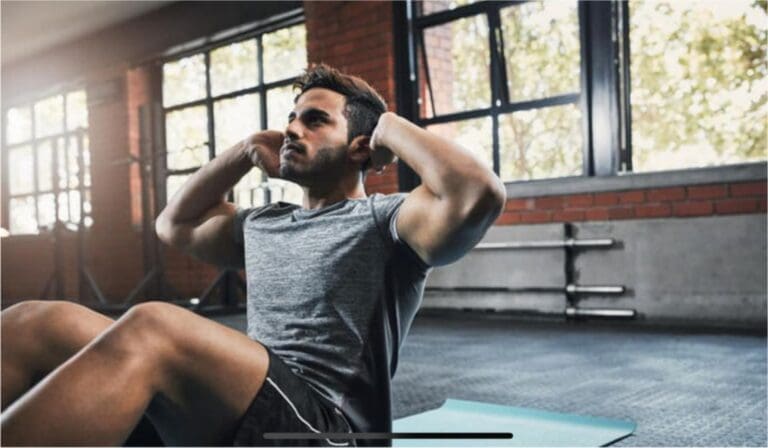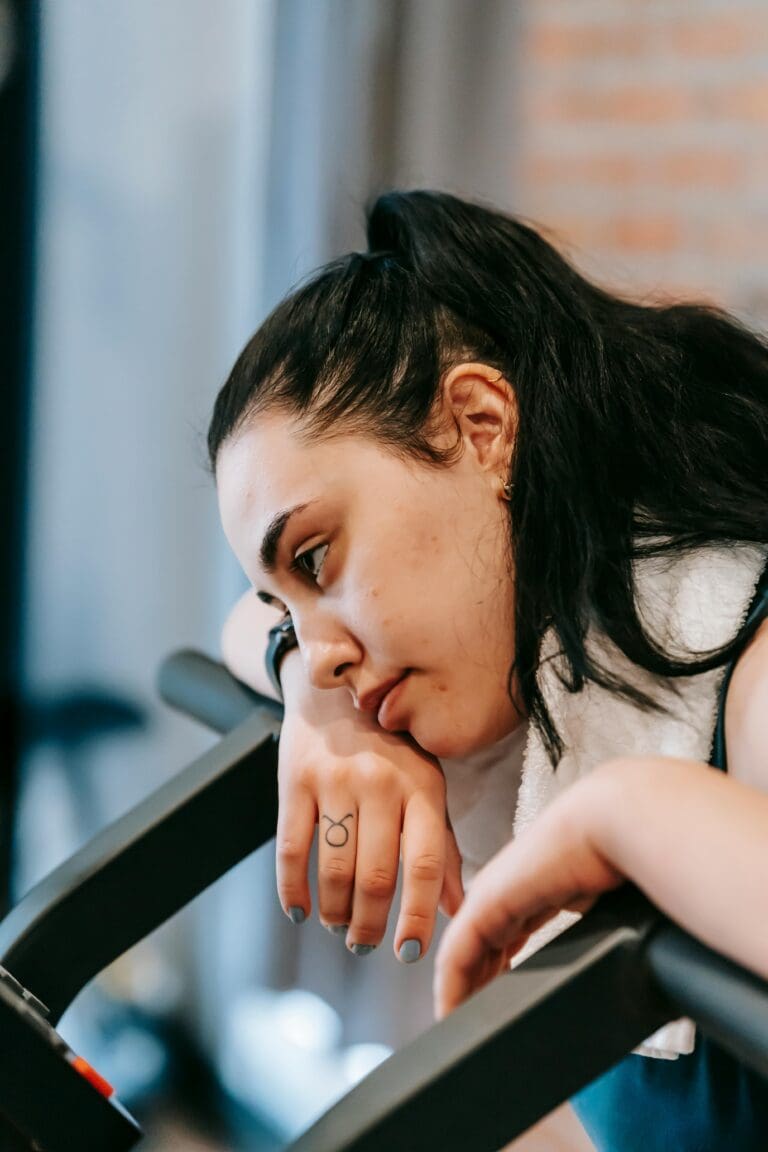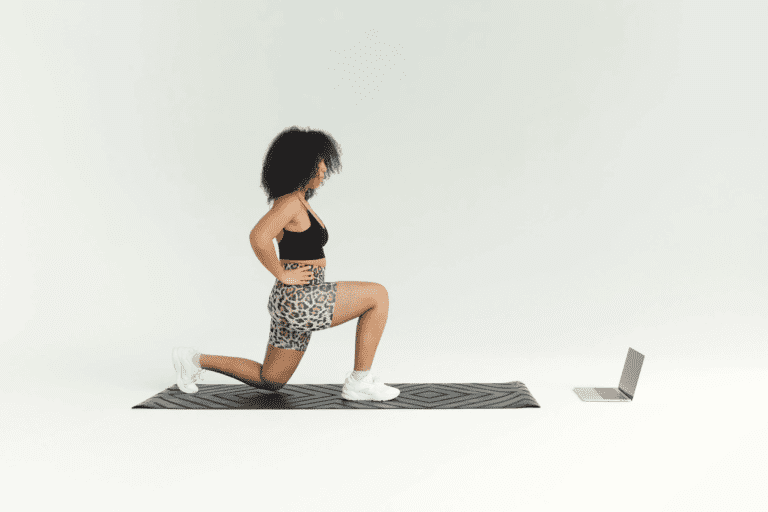Summer is a great time to take your fitness routine outdoors, enjoying the fresh air and sunshine. However, with the increased exposure to ultraviolet (UV) rays, it is crucial to prioritize sun safety while exercising. Prolonged sun exposure can lead to severe health issues such as skin cancer, sunburn, and heat-related illnesses. Here are some essential tips to stay safe in the sun while maintaining your fitness regimen this summer.
Understanding UV Radiation and Its Risks
UV radiation is part of the sunlight that reaches the earth, and it comes in three types: UVA, UVB, and UVC. UVA rays penetrate deep into the skin, leading to premature aging and wrinkles, while UVB rays are primarily responsible for sunburn. Both types can contribute to skin cancer. According to the Skin Cancer Foundation, about 90% of non-melanoma skin cancers and 86% of melanomas are associated with exposure to UV radiation from the sun.
Optimal Timing for Outdoor Exercise
The sun’s rays are most intense between 10 a.m. and 4 p.m. To minimize your risk of UV exposure, plan your outdoor workouts early in the morning or later in the evening. This timing not only reduces your risk of sunburn but also helps you avoid the hottest part of the day, decreasing the likelihood of heat-related illnesses.
Wearing the Right Gear
Proper clothing can significantly reduce your UV exposure. Opt for lightweight, long-sleeved shirts and pants made from tightly woven fabrics. Some athletic wear is specially designed with UPF (Ultraviolet Protection Factor) ratings, providing additional sun protection. Don’t forget a wide-brimmed hat to shield your face, neck, and ears, and sunglasses that block 100% of UVA and UVB rays to protect your eyes.
Applying Sunscreen Correctly
Sunscreen is a must for any outdoor activity. Choose a broad-spectrum sunscreen with an SPF (Sun Protection Factor) of at least 30, which blocks 97% of UVB rays. Apply it generously to all exposed skin about 15-30 minutes before going outside, and reapply every two hours or immediately after swimming or excessive sweating. Remember to cover often-missed spots like the ears, back of the neck, and tops of the feet.
Staying Hydrated
Hydration is vital, especially when exercising in the heat. Drink plenty of water before, during, and after your workout. Dehydration can impair your performance and increase the risk of heat exhaustion or heat stroke. Sports drinks can also help replenish electrolytes lost through sweat, but be mindful of their sugar content.
Seeking Shade
Whenever possible, choose shaded routes or areas for your workouts. Parks with plenty of trees or paths with canopies can offer natural sun protection. Taking breaks in the shade can help you cool down and reduce the risk of overheating.
Recognizing the Signs of Heat-Related Illness
Heat-related illnesses, such as heat exhaustion and heat stroke, are serious risks when exercising in hot weather. Symptoms of heat exhaustion include heavy sweating, weakness, dizziness, nausea, and headache. Heat stroke is a medical emergency and can present as a high body temperature, confusion, and even loss of consciousness. If you experience any of these symptoms, stop exercising immediately, move to a cooler place, and hydrate. Seek medical attention if necessary.
Using Technology to Your Advantage
Several apps can help you stay sun-safe. For example, the UV Index app provides real-time updates on the UV radiation levels in your area, allowing you to plan your outdoor activities accordingly. Additionally, weather apps can alert you to heat advisories or extreme temperature conditions, helping you make informed decisions about your workout plans.
Booking a Personal Trainer
For personalized advice and tailored workout plans, consider booking a personal training appointment. A personal trainer can help you design a fitness routine that aligns with your goals while taking sun safety into account. At hollyroser.com, you can book personal training appointments with experienced trainers who can guide you through safe and effective outdoor workouts.
Conclusion
Exercising outdoors during the summer can be enjoyable and beneficial for your health, but it is essential to take precautions to protect yourself from the sun. By understanding the risks of UV radiation, choosing the right gear, applying sunscreen correctly, staying hydrated, seeking shade, recognizing the signs of heat-related illnesses, and using technology to your advantage, you can stay safe while staying fit. Remember, for expert guidance, you can always book personal training appointments through hollyroser.com. Stay sun-safe and enjoy your summer workouts!
References
- Skin Cancer Foundation. “Skin Cancer Facts & Statistics.” Skin Cancer Foundation.
- American Academy of Dermatology Association. “How to select a sunscreen.” AAD.
- Centers for Disease Control and Prevention. “Tips to Prevent Heat-Related Illness.” CDC.






